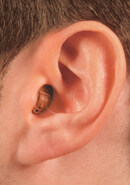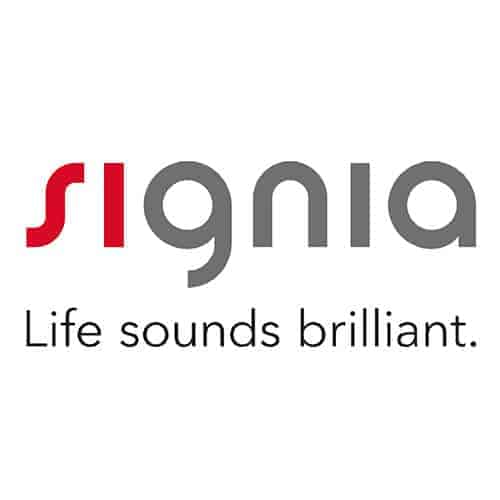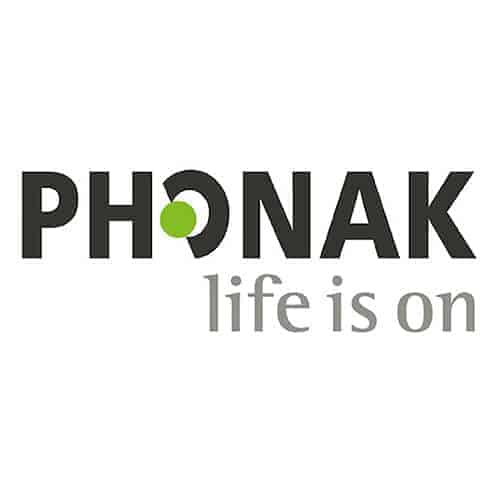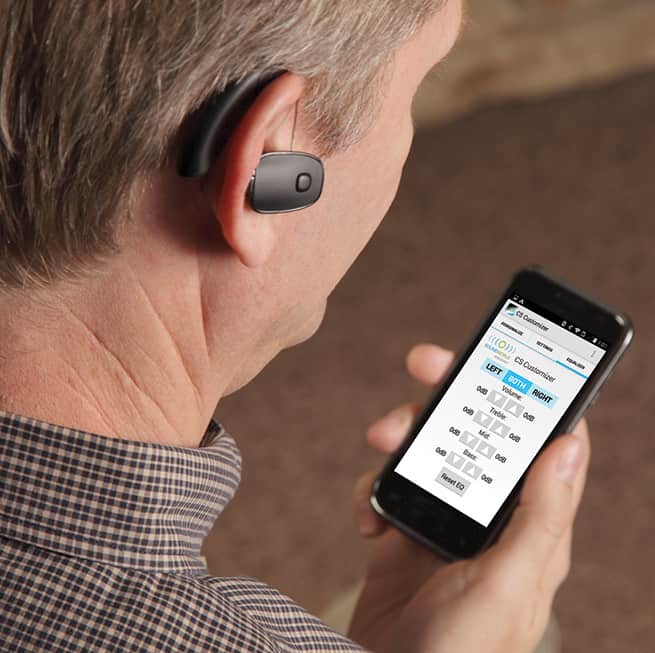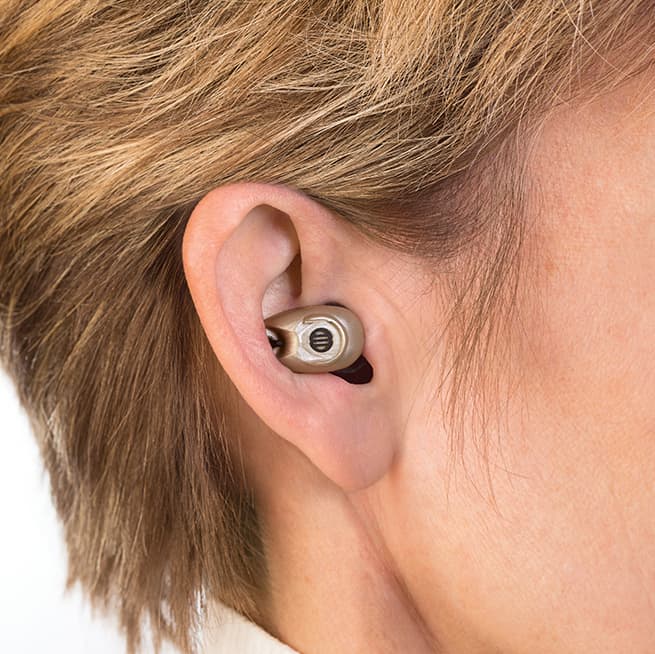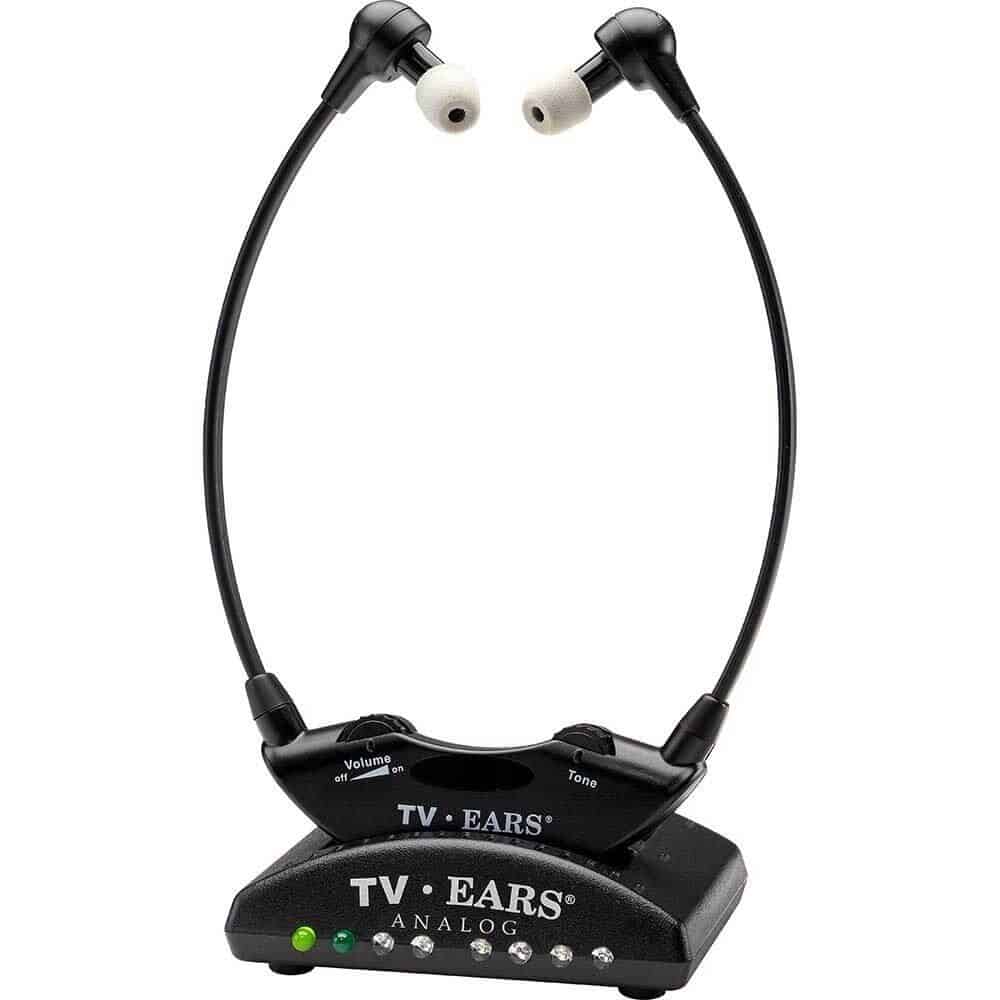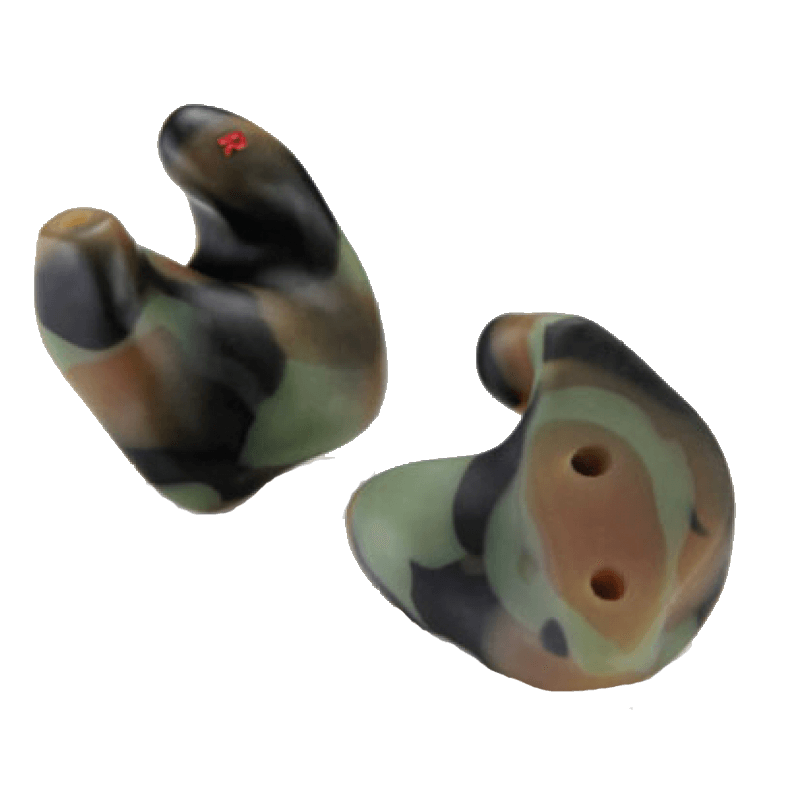Audiology Services
Hearing Aids
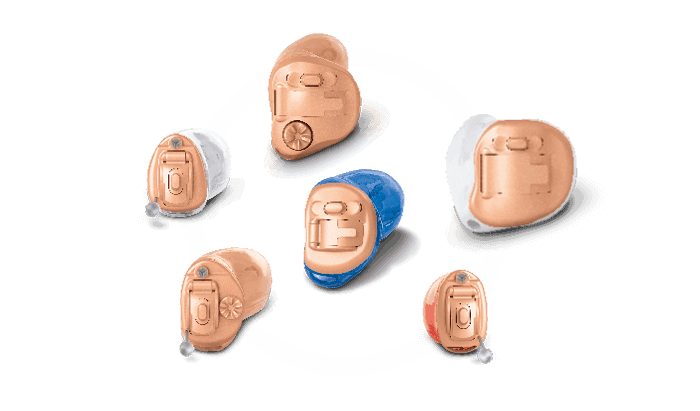
Hearing aids are designed to meet specific hearing needs, and as such, they come in a variety of customizable styles and sizes, with special features.
Generally speaking, hearing aids are comprised of a number of similar parts, designed to amplify sounds from your environment, balance audio data, and provide your brain a clearer sound signal to process. All hearing aids have a microphone, processing chip, receiver, and a well-constructed casing to ensure protection of the sensitive electronic components. Many of the top brands even have Bluetooth-compatible hearing aids!
The two main styles of hearing aids are behind-the-ear and in-the-ear, which includes in-the-canal options.
Styles of Hearing Aids
Behind the Ear (BTE) Hearing Aids
BTE hearing aids address almost every type of hearing loss. They are also a great choice for children, as their design makes them flexible and adaptable for growth. A plastic casing, which houses the electronic components of the hearing aid, hooks over the top of your ear and is partially hidden behind it. A tube connects to a customized mold that sits inside your ear canal, delivering sound. All buttons to control volume and program(s) on BTE hearing aids are located on the plastic casing behind your ear.
Receiver-in-canal (RIC) hearing aids are a type of BTE hearing aid. With similar construction and wearing style, RIC hearing aids are designed with the receiver placed in your ear canal. This design makes the plastic casing that rests behind your ear smaller in size than the traditional BTE.
BTE and RIC hearing aids are prized for their discreet design and flexibility. Also many people with limited manual dexterity (due to arthritis for example) prefer BTE or RIC hearing aids because they are easier to operate.
In the Ear (ITE) Hearing Aids
ITE hearing aids come in a wide range of wearing options: from the smallest, invisible-in-canal (IIC), completely-in-canal (CIC) or mini-CIC style to the largest full-shell ITE style. With ITE hearing aids, all electronic components are housed in a single case, which is then inserted into either the ear canal or the opening of the ear.
As the smallest of ITE styles, IIC, CIC and mini-CIC hearing aids treat mild to moderate hearing loss. Made from a custom mold of your ear canal, they are placed inside the canal, where they are invisible (or nearly invisible). While their discreet style is preferred for certain wearers, they do come with a few caveats. Because of their small size, they use a smaller battery, which means they require frequent battery changes. Because they treat a small range of hearing loss, they are not often designed with many extra features to support different kinds of hearing loss. In-the-canal (ITC) hearing aids, the next step up, are also custom molded and designed to fit within your ear canal and offer similar features.
ITE hearing aids – full shell and half shell – are designed to sit in the outer bowl shape of your ear. While they are easier to control than in-canal styles, ITE hearing aids still have smaller components than BTE aids, which may pose difficulty for people with dexterity issues. ITE hearing aids treat a wide range of degrees of hearing loss (mild to severe), though they do not offer as much aesthetic discretion as BTE or in-canal models.
Hearing Aid Brands
Other Hearing Devices
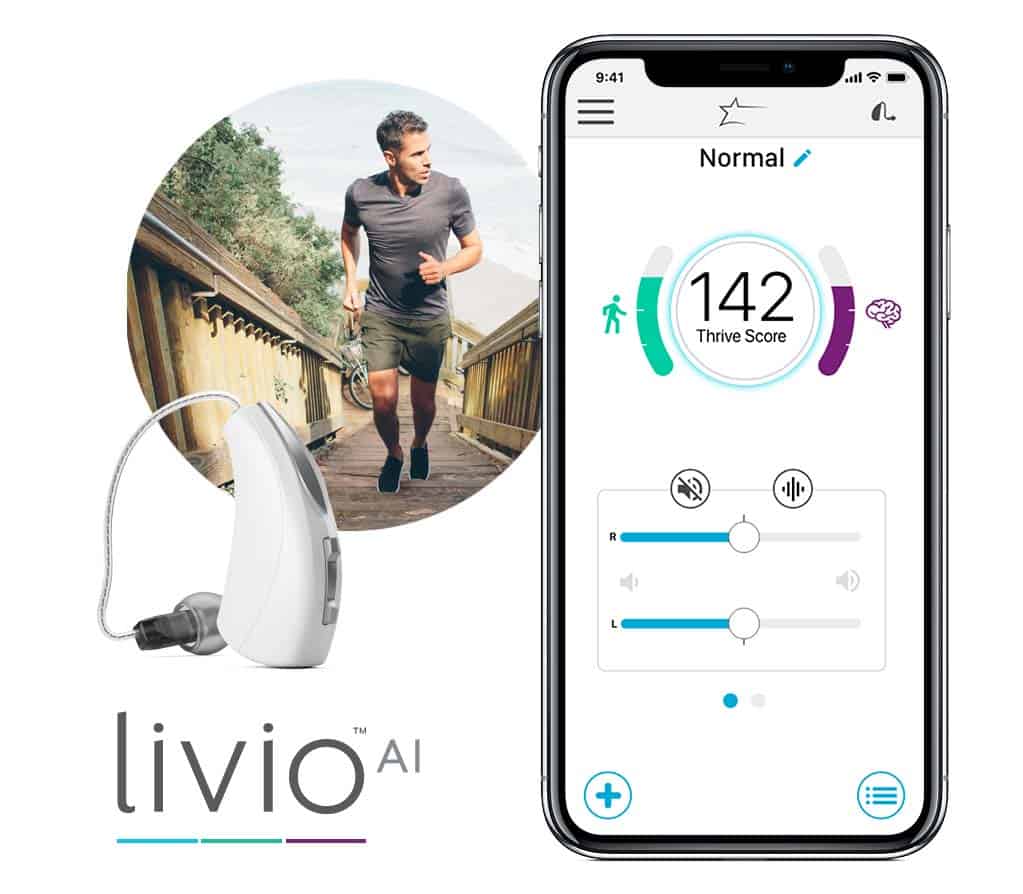
Bluetooth Technology
You may already be familiar with Bluetooth technology - the features enable us to connect two electronic devices without a cord (most commonly, your smartphone to your Bluetooth earphones). Bluetooth features for hearing aids works on the same principle – it's just as convenient and straightforward.
Hearing aids help us hear many sounds around us, and Bluetooth technology simplifies audio streaming by directly linking the sound to the hearing aid. While natural sounds are taken from the hearing aid without any help from Bluetooth, the best Bluetooth hearing aids connect directly to the audio sources that are important to you, including your smartphone, TV, and tablet. Using the latest hearing aids, you can now stream your favorite shows, podcasts, and movies wirelessly and without the need for a streamer.
Personal Sound Amplification Products (PSAPs)
PSAPS, according to the FDA, are amplification devices that are intended for individuals with normal hearing. It is important to note that PSAPs are NOT the same thing as hearing aids or newly approved Over The Counter (OTC) hearing aids (see below). They are often used for better hearing of TV or during hunting. However, many of these devices are unregulated and can expose your ear to damaging levels of sound. We at Coweta Hearing & Balance Clinic and Fayette Hearing Clinic will be happy to test your hearing prior to their use to establish a hearing baseline and then discuss PSAP options with you.
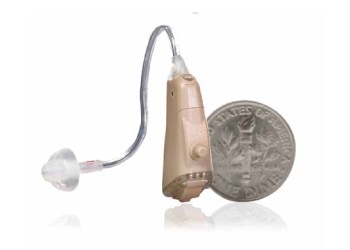
Over the Counter (OTC) Hearing Aids
Over-the-counter (OTC) hearing aids have recently been approved by the FDA as a treatment option for those with mild to moderate hearing losses. These devices, although not readily available at this time, are intended to be purchased at pharmacies and other retail establishments without a prescription and at less cost. We at Coweta and Fayette Hearing Clinics would like to help you with this decision process and let you know if you fall within the OTC guidelines. If your testing reveals that there are no other medical conditions and that you could wear an OTC device, you would be welcome to purchase an OTC hearing aid elsewhere. We would also be happy to discuss one of our comparably priced options that will include more comprehensive care and general maintenance not available at a drug store.





